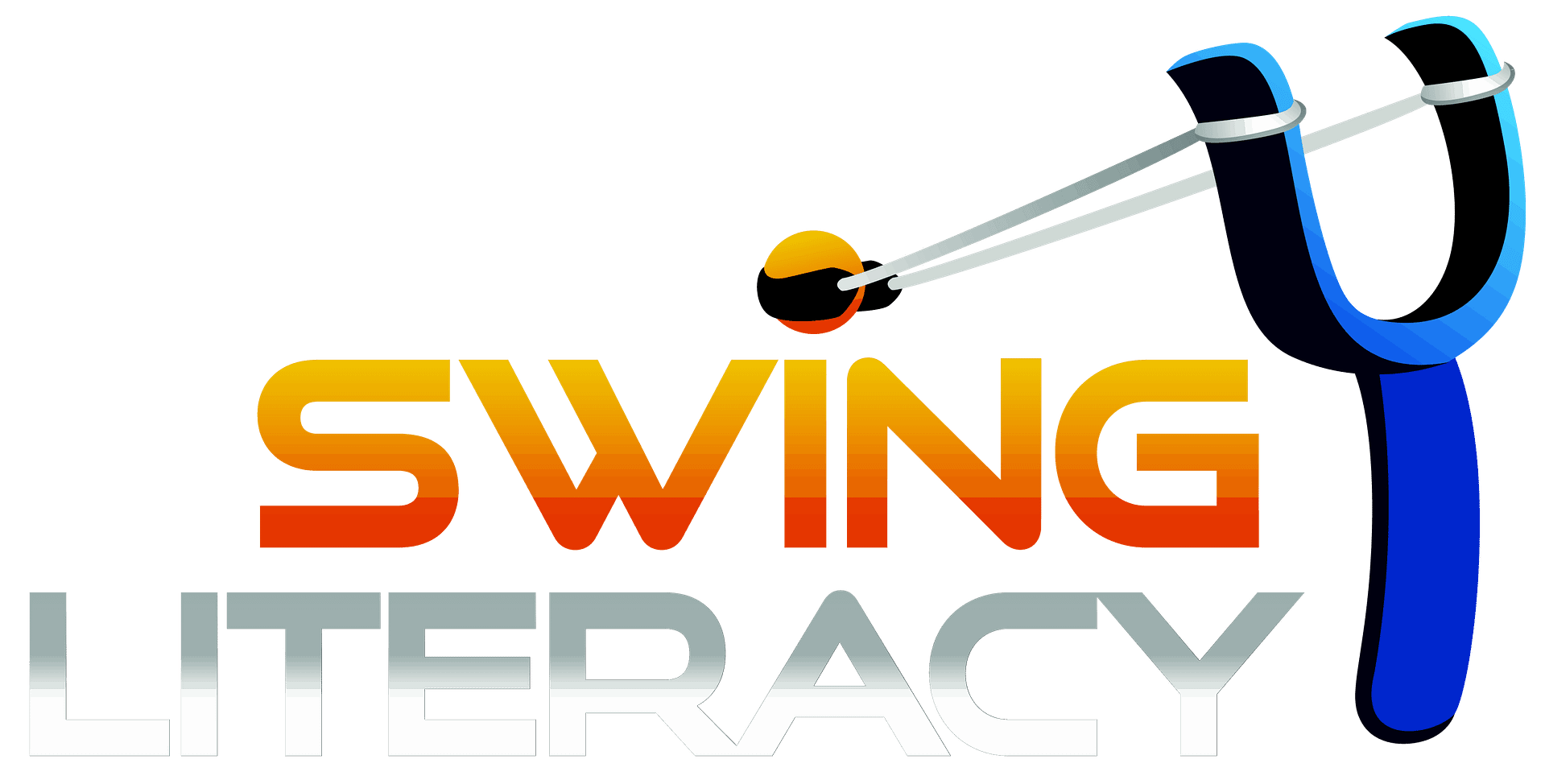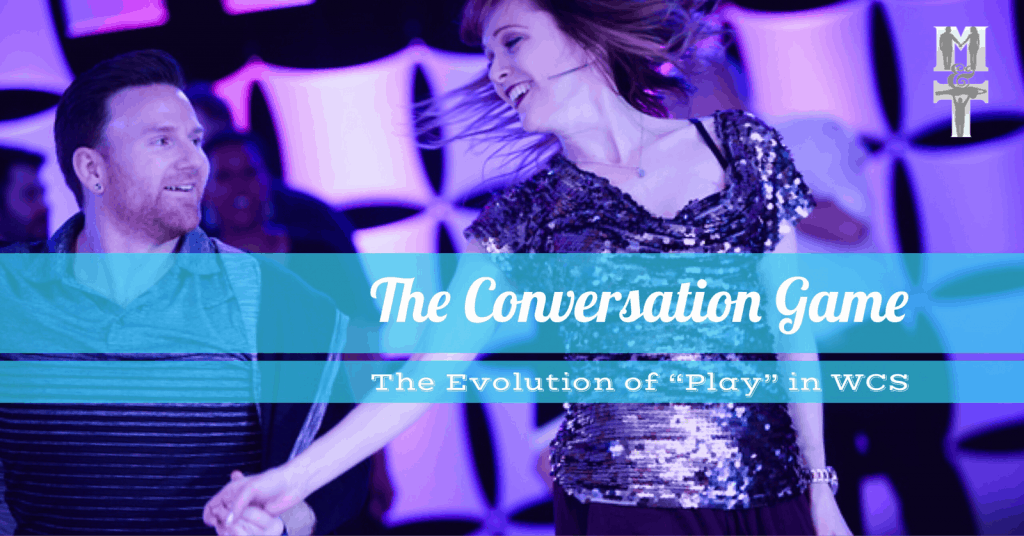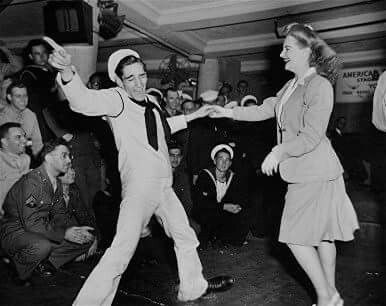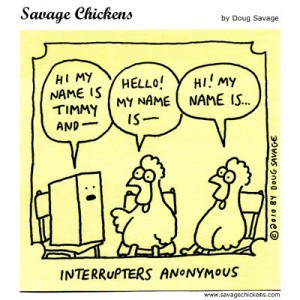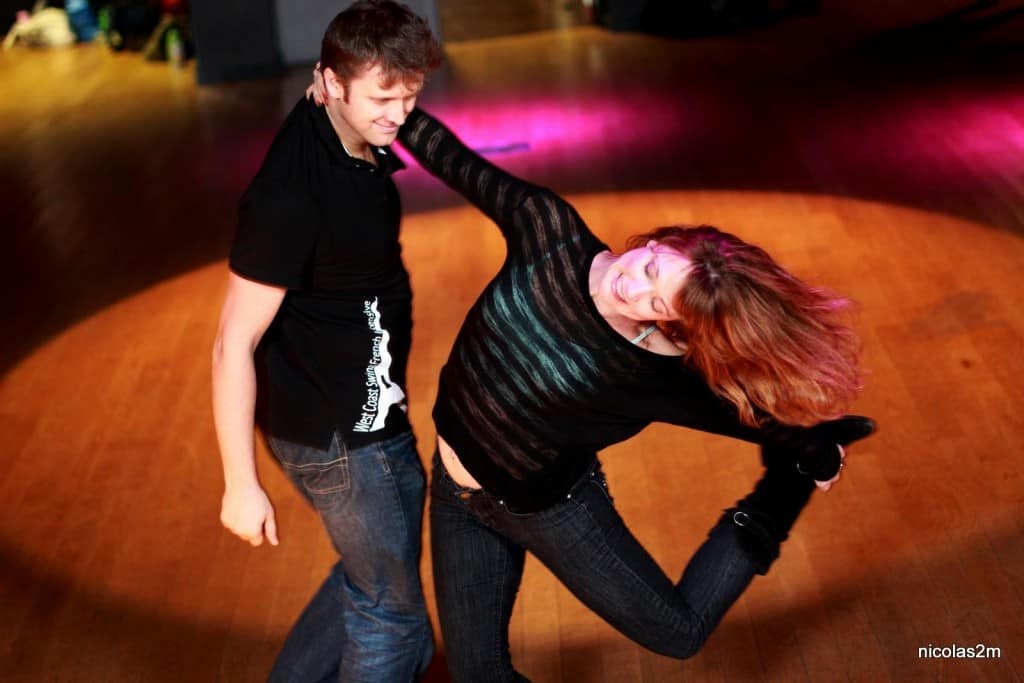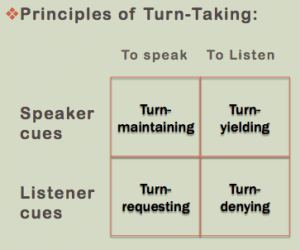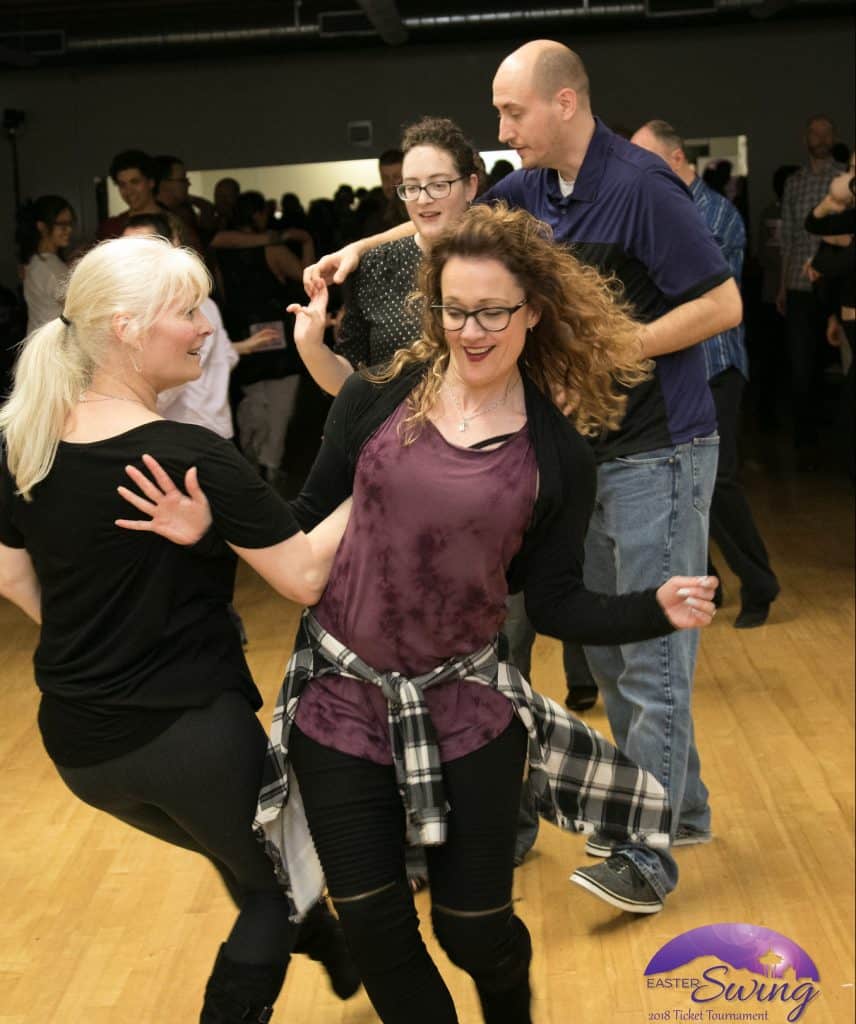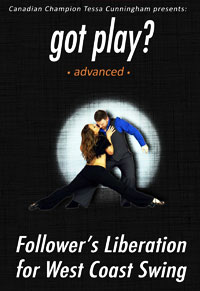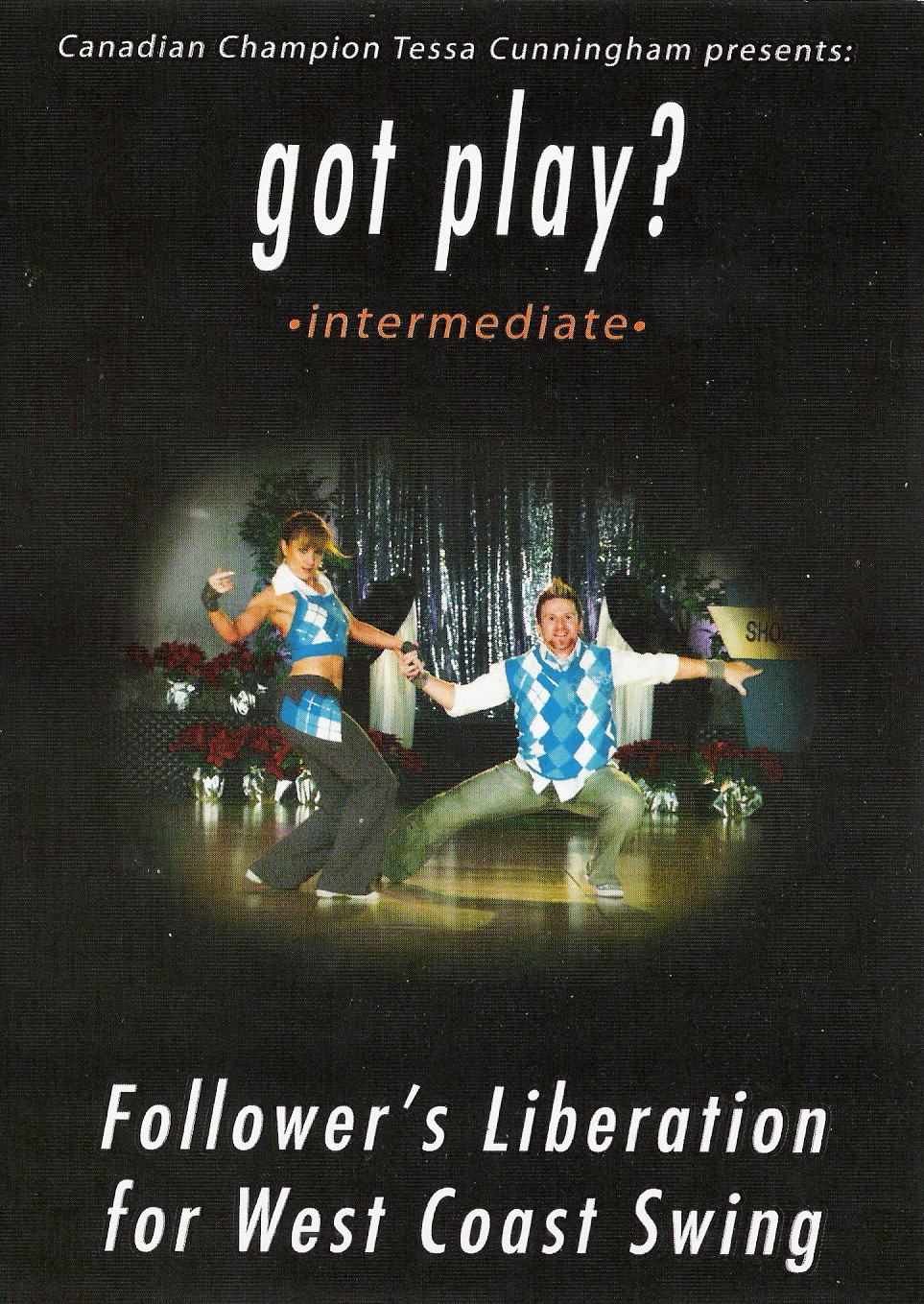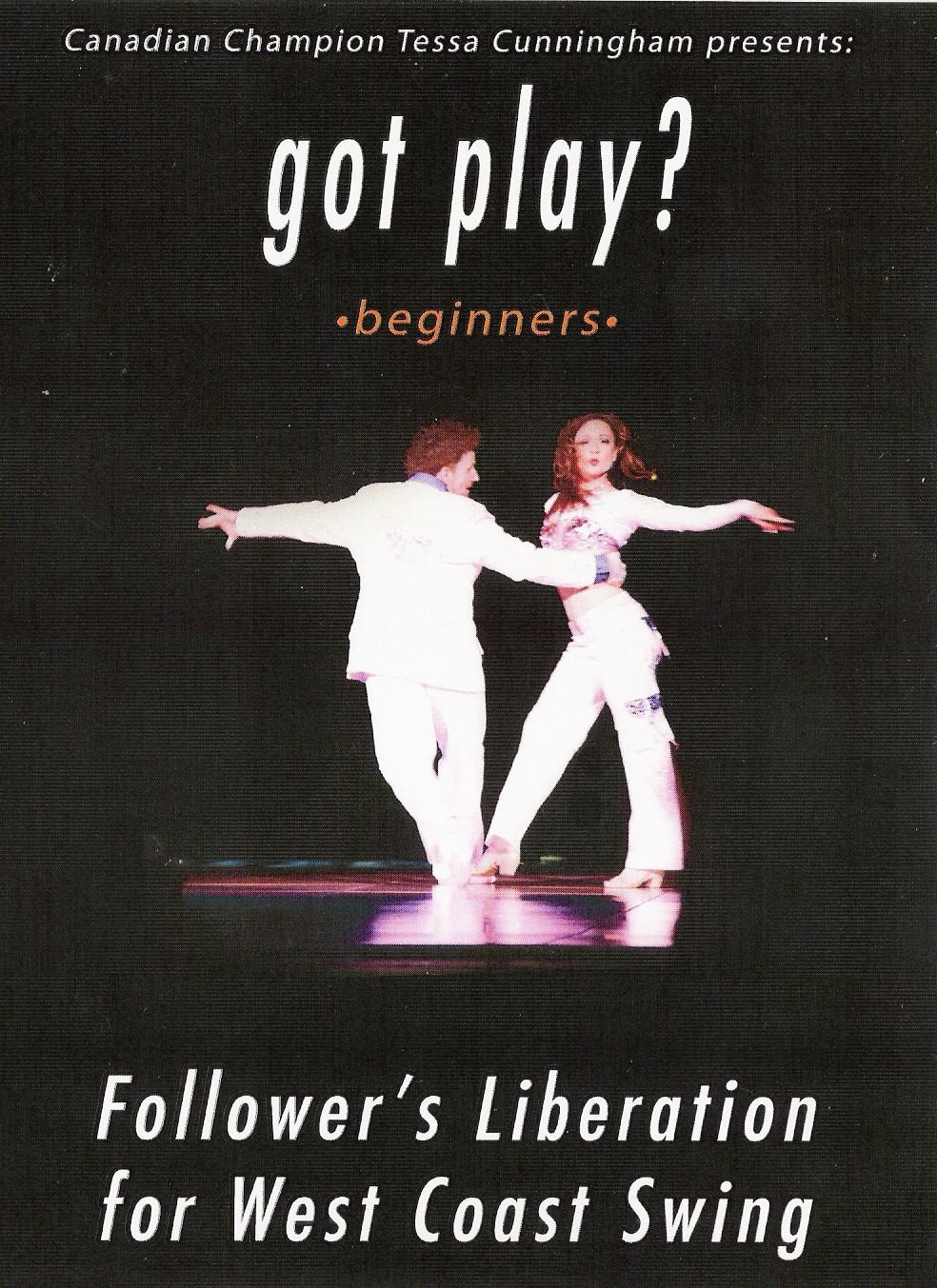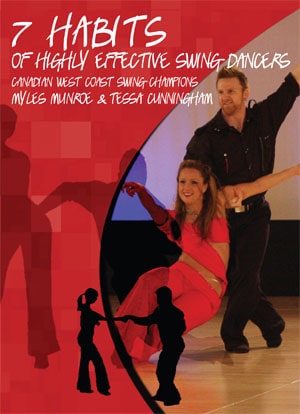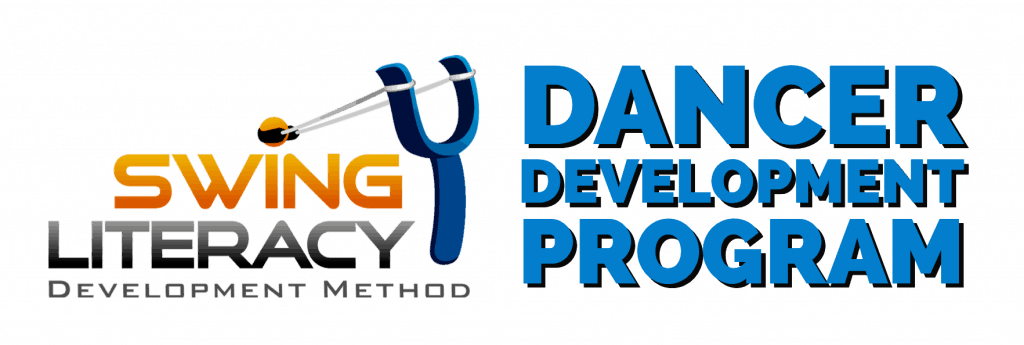No products in the cart.

Competing for the first time?
Reading Time: minutes remaining
So you've decided it's time to try competing and you are getting ready to to compete for the first time?
The advice you will often hear is "just have fun!". But while encouraging, this is not actually that helpful. You don't need to try to have fun - you will have fun organically if you set yourself up for it. So let's talk about how. This starts with a game plan.
Here are some quick NEED-TO-KNOW tips for BEFORE, DURING, AND AFTER your first competition.
Before
Take care of business
1. Consider the types of contests available to your newbie level. Every event will have slightly different rules, so it’s a good idea to read the descriptions of these contests on their website. Here are 5 typical contests you can access:
- Newcomer Jack & Jill: you enter solo and get paired with 3 random people at your level
- Newcomer/Novice Strictly Swing: you enter with a partner at your level (could be anyone, not just your regular partner) and only dance with each other
- Pro-Am Jack & Jill: you enter solo and get paired with 3 random pros/teachers.
- Pro-Am Strictly Swing: you enter with your teacher as a couple and only dance with each other
- “All-American”: you enter solo and get paired with 3 random people of ANY level
2. Decide your Jack & Jill division: ALL first-time competitors should start in Newcomer division if it is offered. This is what it was created for. The only first-time competitor who should consider skipping Newcomer is the dancer who is very experienced/trained (or maybe even a teacher) but has just never experienced a competition before.
3. Register in advance online or as soon as you arrive to the event. After you get your event wristband, the competition desk will issue you a bib number. DON’T LOSE IT.
4. Look at the event schedule for your Prelims AND Finals. Note: some events also have a semi-final round, so don’t plan to go for lunch or attend a workshop and miss your opportunity to dance again!
What to wear
5. When packing for the event, prepare at least one competition outfit for each contest you plan to enter. You can wear whatever you want, but it would be smart to:
- Keep in mind you will be sweating in these clothes.
- Avoid wearing the same t-shirt you’ve been wearing in workshops all day and now is getting stinky
- “Dress the part”: avoid dressing like you are dancing in a different style such as Salsa or LindyHop. You want to look like you are there to play the WCS game.
- If you need more guidance, aim for "business-casual", which is always a safe bet.
Mentally prepare:
6. Check that you have a healthy perspective on WHY you are choosing to compete. All reasons are valid, but it’s good to take inventory. Honestly, the first time I competed it was just to get more floorspace than was available during social dancing.
7. Decide on your goal and what you will consider a “win”. For example, “simply dancing my best without freezing up” is a valid goal because you can control that. But “placing top 5” is not, because you can't control how anyone else dances.
8. Manage your expectations: Expect that you will only dance in prelims and not progress to the next round. That way, if this happens, you won’t be disappointed. If you do happen to make the next round, you will have exceeded your expectations.
9. Be realistic: Remember that the contest doesn’t measure your skills, your progress, your improvement, or who you are as a human. It’s just a way of subjectively ranking dancers based on a few seconds of watching them dance. Your teachers and peers are much better sources for validation, feedback, and encouragement than any contest will be.
10. Make a plan for managing nerves and/or anxiety. Competing is by nature a pressure situation. How does your brain and body typically respond under pressure? How do you usually deal with it so you can function and focus? What works for you? Make a plan in advance for any positive self-talk, breathing exercises, or other routines you can borrow from other areas of your life that you can use if and when you feel overwhelmed or anxious. In between songs, it's ok to jump up and down, shake, or take some deep breaths to physically regulate.
During
The staging part
1. Long before your contest, it’s a good idea to watch how they run the other contests before you (and cheer on your friends!)
2. If you are up for it, ask a friend to film your dances. This provides invaluable objective feedback for your learning and commemorates this milestone in your dance journey. But if this is new for you and it gives you more stress knowing that someone is filming you on purpose, skip it.
3. Make sure you are in the main ballroom 10-15 minutes before your contest is scheduled. Listen for the emcee’s announcements to tell you when to go to the marshalling area. Sometimes contests start late, so look at the schedule to determine if they are on time or not. While you’re waiting, you can warm up, but it’s a good idea to do this mindfully - warm up all the skills you have been working on lately.
4. In the marshalling area, they will ask you to line up in your bib number order. Now’s a good time to meet people and chat, but pay attention to the contest coordinator’s instructions. If you have to leave to use the facilities, tell them you’ll be right back.
The dancing part
5. They will direct you to line up on the floor. This is when the contest starts, so SMILE! No matter how nervous you feel, or how you feel about the partner you draw, SMILE. Your partner deserves your best.
6. Now’s the time to forget about all the dance “tips” you’ve been practicing lately and let them run on autopilot. Just focus on taking care of your partner. If you focus on being a great partner for them, you will have a lot more fun than if you obsess over your own self-analysis. If your brain can handle more than that, try to stay on time as much as you can. Seriously, this is the bare minimum the judges are looking for.
7. Don't worry about the judges. You will never be able to read their minds, and you will never know what parts of your dance they saw, so just ignore them - they're doing their job, meanwhile you should be doing yours. Focus exclusively on your partner and the music and let the rest of the world melt away.
8. After each dance, thank your partner with a smile, a fist bump, or a high five. Be sure to listen to the emcee’s instructions.
9. When your heat is dismissed, don’t leave right away - listen for emcee announcements. Usually some dancers will be asked to dance again in the next heat because the ratio of leaders:followers is imbalanced. After all the heats in your division, listen for the emcee instructions to see when they plan on running the next round (semi-finals or finals).
Congratulations! You competed in your first West Coast Swing contest! Be sure to cheer on your friends in their contests too!
After
1. Mentally prepare for both scenarios:
- If you don’t make it to the next round:
- Remind yourself to maintain a healthy perspective: this is a 3-day event with several other benefits and ways to have fun, so don’t let your contest result ruin the rest of it.
- Not making it to the next round doesn’t mean you haven’t improved or made progress. Remember that this contest doesn’t measure progress.
- If you do make it to the next round:
- This is just a bonus opportunity to dance! Enjoy itIf there is a gap of time until the next round: celebrate, but be gracious and humble. Be considerate of the feelings of others who might be disappointed in their result.
2. After the prelims, the scorer tabulates all the judges’ lists of who they “callback” to the next round:
- If there is a semi-final round, this list of semi-finalists is usually just announced verbally at the beginning of the semi-final round. This is why you need to pay attention to when they announce this will be.
- If the next round is finals, this is usually scheduled at a later time. The callbacks list is posted either on a wall in the ballroom, or in the event’s app, or both. It’s up to you to go look for it (they usually announce when it’s ready)
3. Plan to be in the ballroom for the next round, even if you don’t make the next round, because:
- If you are an alternate, you still might get called to dance. If you are not in the ballroom when your name is called, they will replace you with an alternate and you will be eliminated from the contest.
- So you can be inspired & motivated by watching dancers who might be just a little ahead of you in their skill journey.
4. Awards and Scores
The event has an awards ceremony, usually on Sunday after everything is over, but some events do this at the end of Fri/Sat evenings instead. Scream loudly for your friends! If you happen to win something, try to take a photo together with your partner.
Scores: After the awards ceremony, the results are posted on paper on the wall, or digital in the app, or both. It’s not necessary to look at your scores, but if you choose to:
- Get an experienced friend to help explain how scores work
- Don’t stress if you see your name at the bottom of a list - they will often only score the dancers who made the next round only, and then just list everyone else who didn’t make it in BIB order, not rank order.
5. Plan your next competition!
If you made finals in Newcomer, you earn at least one "point" with the World Swing Dance Council competition organization. WSDC tracks all the points you earn to decide which division you qualify for. As soon as you earn your first point, you graduate to Novice. If you didn’t make finals, you can still choose as before. It’s generally recommended that you stay in Newcomer until you make finals.
Bring your video to your next private lesson so you can work on the highest priority skills for next time.
Did you enjoy this article? Pass it on to dance friends or share it in your local community or event page!
Got any suggestions of things to say that worked for you? Leave a comment below!
